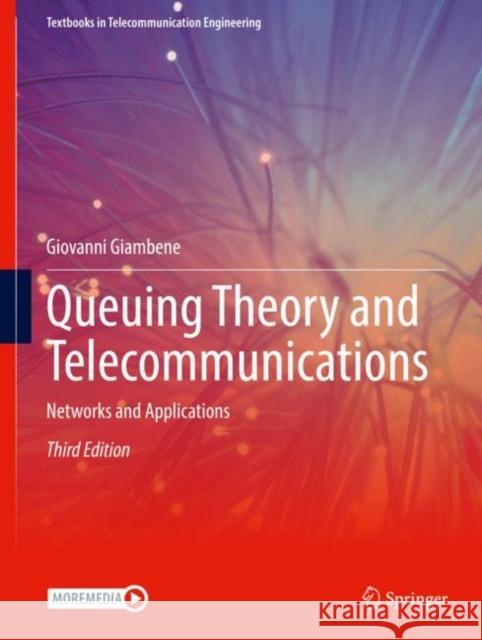Queuing Theory and Telecommunications: Networks and Applications » książka
topmenu
Queuing Theory and Telecommunications: Networks and Applications
ISBN-13: 9783030759728 / Angielski / Twarda / 2021 / 552 str.
Queuing Theory and Telecommunications: Networks and Applications
ISBN-13: 9783030759728 / Angielski / Twarda / 2021 / 552 str.
cena 523,30
(netto: 498,38 VAT: 5%)
Najniższa cena z 30 dni: 501,19
(netto: 498,38 VAT: 5%)
Najniższa cena z 30 dni: 501,19
Termin realizacji zamówienia:
ok. 22 dni roboczych
Dostawa w 2026 r.
ok. 22 dni roboczych
Dostawa w 2026 r.
Darmowa dostawa!
Kategorie:
Kategorie BISAC:
Wydawca:
Springer
Seria wydawnicza:
Język:
Angielski
ISBN-13:
9783030759728
Rok wydania:
2021
Wydanie:
2021
Numer serii:
000782309
Ilość stron:
552
Waga:
1.17 kg
Wymiary:
29.21 x 21.59 x 2.54
Oprawa:
Twarda
Wolumenów:
01











